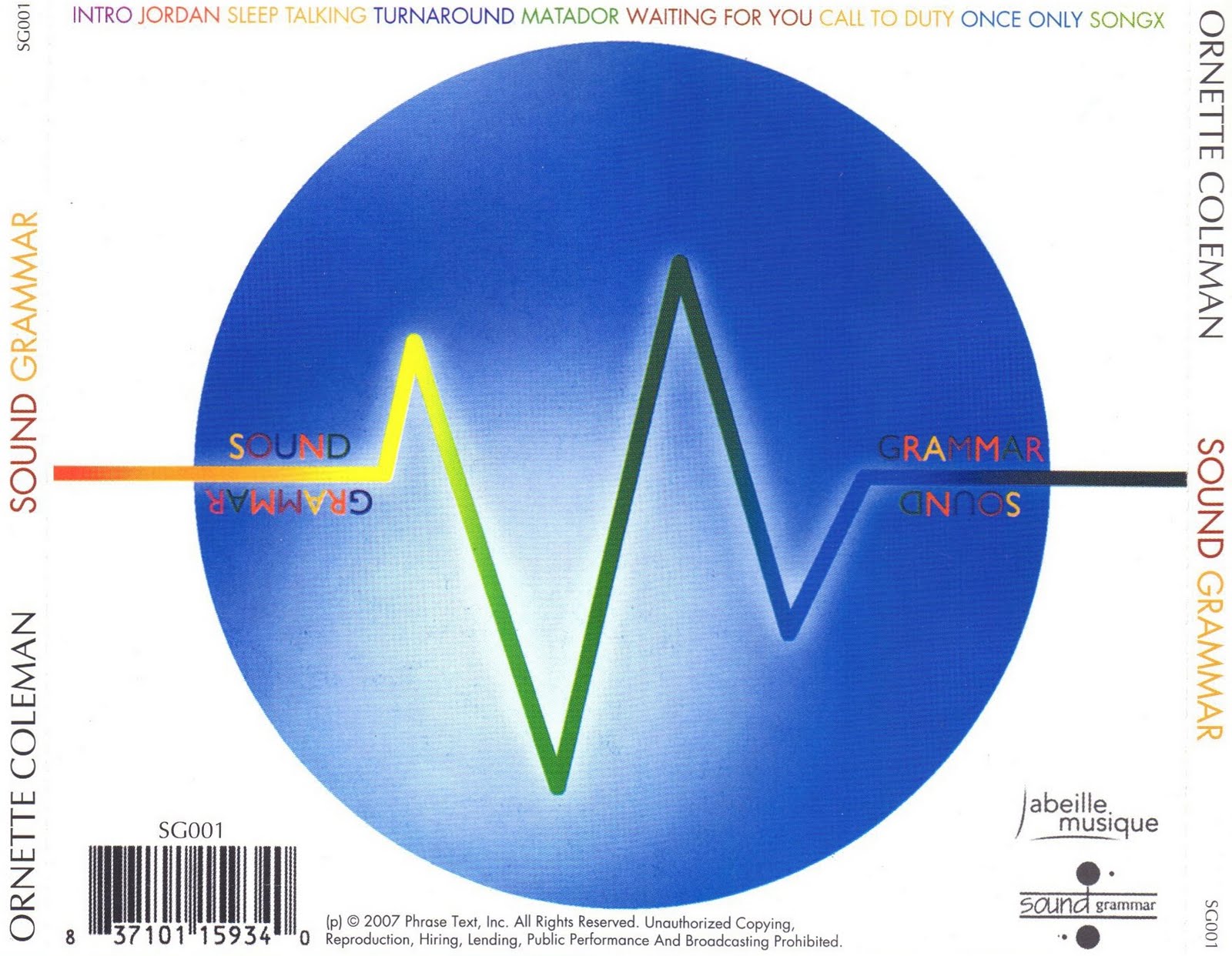Download Free Ornette Coleman Change Of The Century Rarlab

One of the most important (and controversial) innovators of the jazz avant-garde, Ornette Coleman gained both loyal followers and lifelong detractors when he seemed to burst on the scene in 1959 fully formed. Although he, and Don Cherry in his original quartet, played opening and closing melodies together, their solos dispensed altogether with chordal improvisation and harmony, instead playing quite freely off of the mood of the theme. Coleman's tone (which purposely wavered in pitch) rattled some listeners, and his solos were emotional and followed their own logic.
Aug 12, 2011. Yes, finally things are really beginning to come apart at the seams, properly foreshadowing Free Jazz: A Group Improvisation (Atlantic, 1961). Coleman has fully gained his traction and is now ready. Tracks: Ramblin'; Free; Face Of The Bass; Forerunner; Bird Food; Una Muy Bonita; Change Of The Century. Crestview, Creswell, Cretaceous, Cretan, CrEwSaDe, Crewzin, Crexis, Criado, Criamoda, Cricket, Cricketer, Crimea, Crimes, Crimewriters, Criminal, Criminalistics, Criminals, Criminological, Criminology, Crimmins, Crimso, CRiMSON, Cripple, Crippled, Cripps, Crises, Crisis, Crisopa, Crispin, Crissi, Cristal, Cristea, Cristi,.
In time, his approach would be quite influential, and the quartet's early records still sound advanced many decades later. Unfortunately, Coleman's early development was not documented.
Luca Visual Fx Keygen Software. Originally inspired by Charlie Parker, he started playing alto at 14 and tenor two years later. His early experiences were in R&B bands in Texas, including those of Red Connors and Pee Wee Crayton, but his attempts to play in an original style were consistently met with hostility both by audiences and fellow musicians.
Coleman moved to Los Angeles in the early '50s, where he worked as an elevator operator while studying music books. He met kindred spirits along the way in Don Cherry, Charlie Haden, Ed Blackwell, Bobby Bradford, Charles Moffett, and Billy Higgins, but it was not until 1958 (after many unsuccessful attempts to sit in with top L.A. Musicians) that Coleman had a nucleus of musicians who could play his music. He appeared as part of Paul Bley's quintet for a short time at the Hillcrest Club (which is documented on live records), and recorded two very interesting albums for Contemporary. With the assistance of John Lewis, Coleman and Cherry attended the Lenox School of Jazz in 1959, and had an extended stay at the Five Spot in New York. This engagement alerted the jazz world toward the radical new music, and each night the audience was filled with curious musicians who alternately labeled Coleman a genius or a fraud.
Comments are closed.